Hosta "June": description, recommendations for cultivation and reproduction
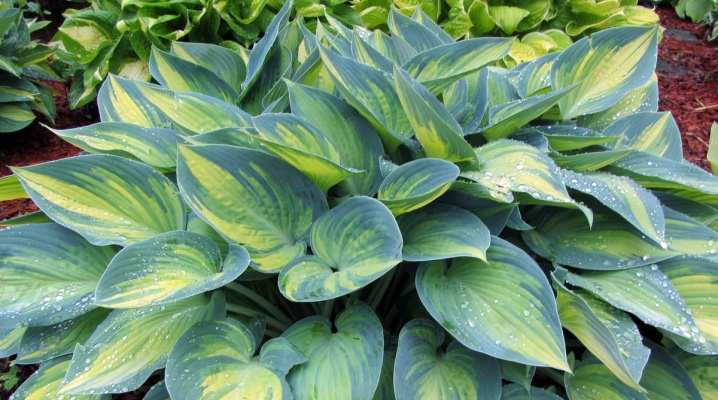
The June hybrid host is a spectacular perennial that is in great demand in landscape design. It attracts gardeners with lush foliage, unpretentious care, undemanding climatic conditions. "June" looks great not only in summer cottages, but also in the decor of squares, city streets, parks. The versatility of the plant allows it to be used in compositions in combination with different representatives of flora - from conifers to flowers and shrubs.

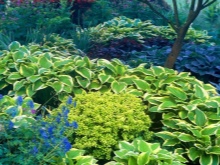
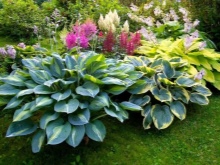
Peculiarities
All plants of this species are herbaceous, have lush foliage in the root zone. Depending on belonging to a particular variety, hosts differ in color, size, leaf shape and rosette. There are both tall and medium, undersized plants. Outlets can be vertical, drooping, compact or curvy.
Foliage shape:
- by the type of heart;
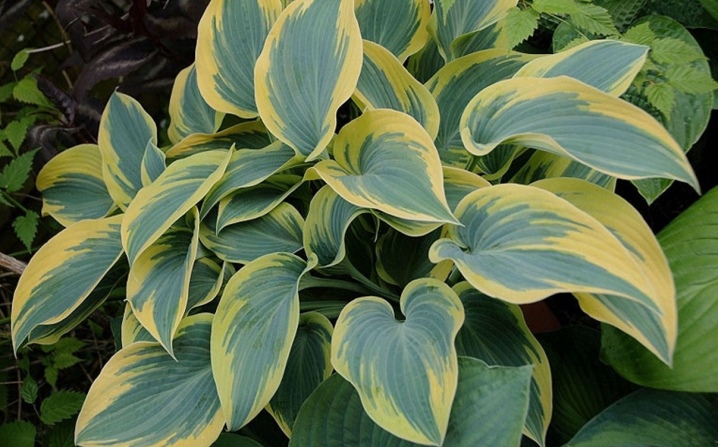
- narrow;
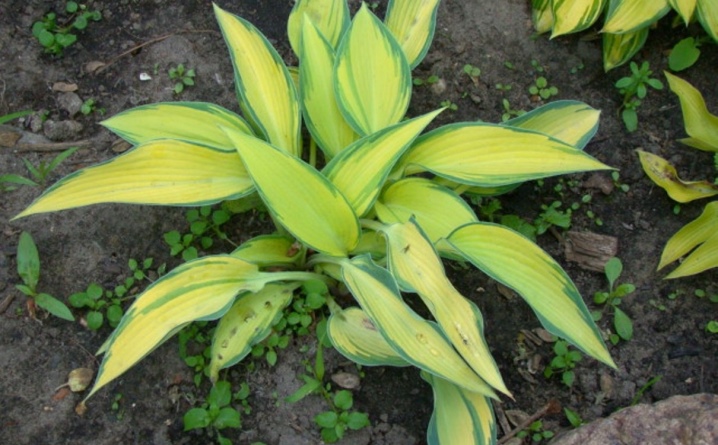
- ovoid.
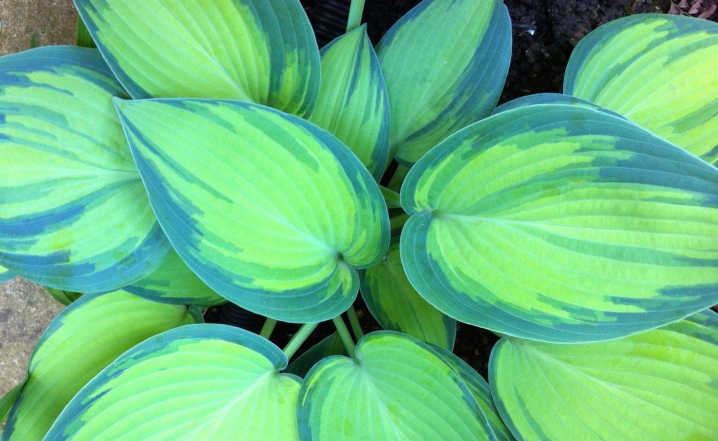
The bloom is white, lavender, terry, with or without aroma.
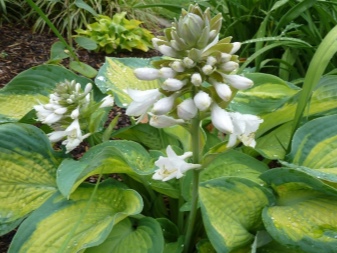
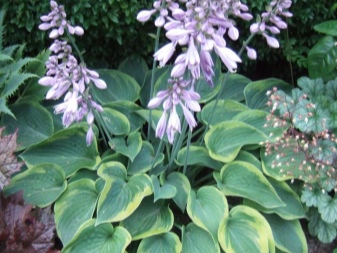
Depending on the growing conditions, the same variety can look completely different.
Much depends on the composition of the soil, the degree of illumination. Sports also affect the appearance and development of the plant.
Description
Hosta June (translated as June) is one of the most popular and favorite varieties among gardeners, grows well in shady areas. It is not difficult to buy this variety, it is very common. The popularity is largely due to the spectacular foliage halo, beautiful flowering, and lack of capricious care.
General characteristics:
- dense foliage;
- color is blue with yellowness, variegated;
- flowering lilac-lavender tone;
- the width of the bush reaches from 70 cm to a meter;
- height varies from 30 to 40 cm;
- grows well both in the open field and at home, in containers;
- excellent decorative properties make it possible to plant June host not only in gardens, but also in urban compositions;
- winters well;
- blooms in July;
- growing rates are average;
- refers to large hosts;
- prefers partial shade or shade;
- does not need special soil properties;
- easy to care for.
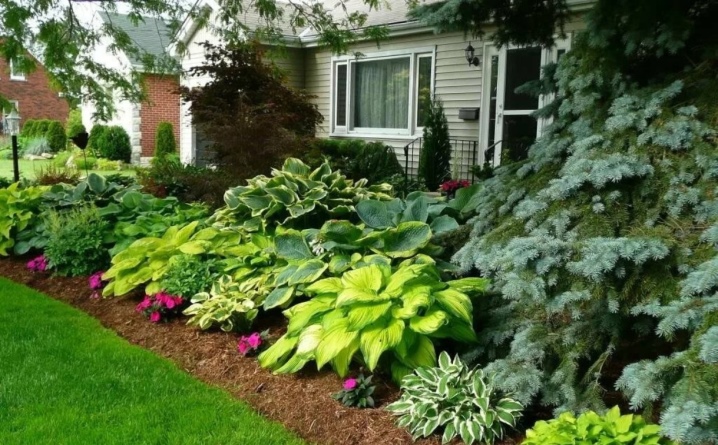
Sports
Sports are shoots that grow from mutating buds. They have pronounced external differences from the standard plant. Their growth rate is very high, therefore, over time, they are able to completely suppress the plant of the maternal type. In this way, many new subspecies of June hosts were obtained. At the same time, during planting, they can again become similar to the original type, especially if the shoot has strong roots. Young shoots have more chances for a new plant species.
The most common June sports:
- Oli Time;
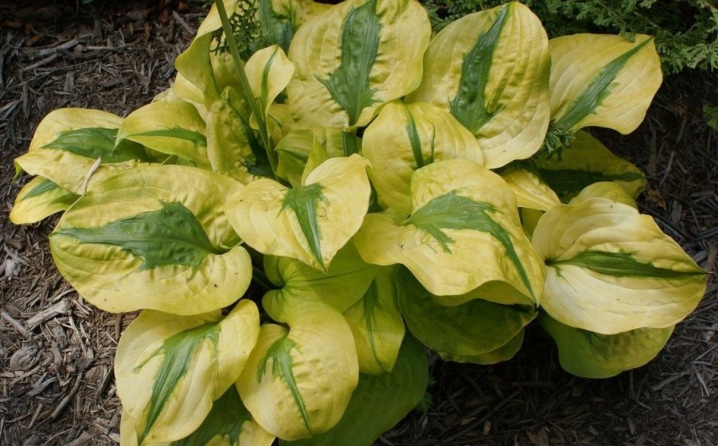
- Edness Summer;
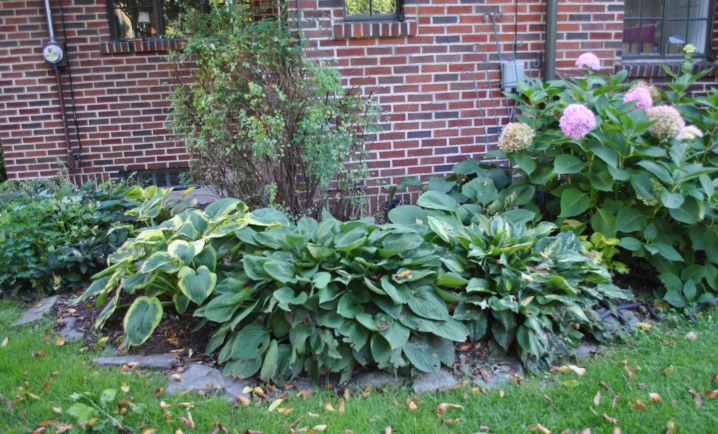
- English Sunrise;
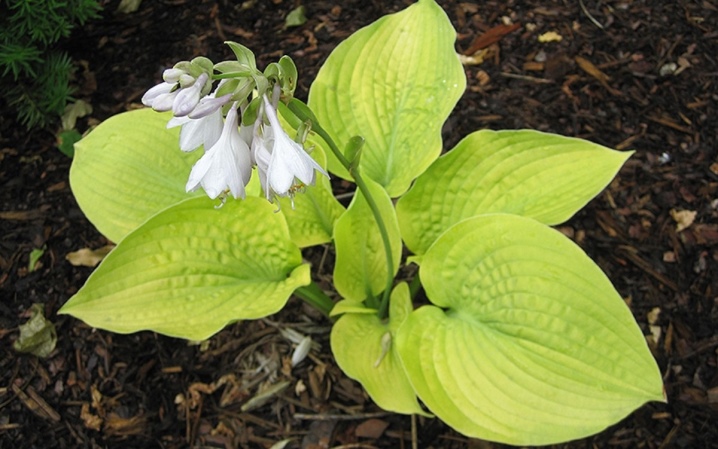
- June Fever;
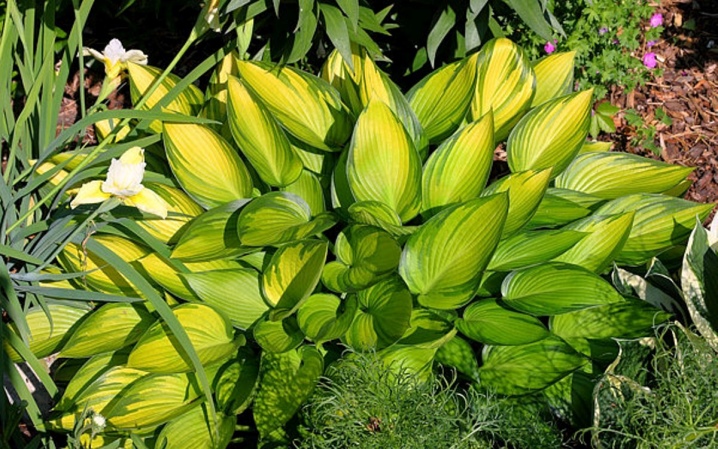
- Juns Gold;
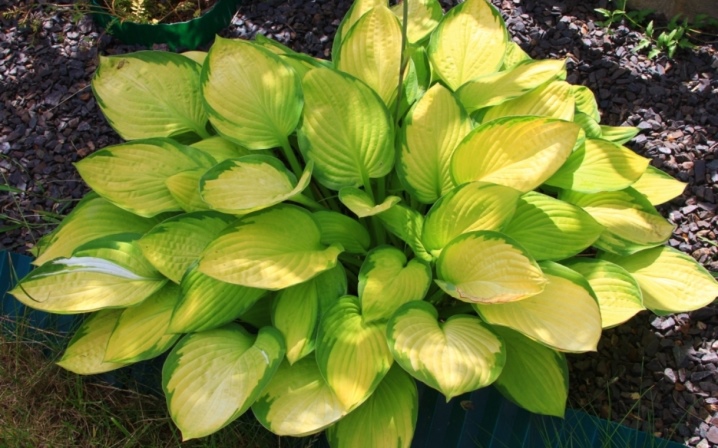
- Kiwi Classic;
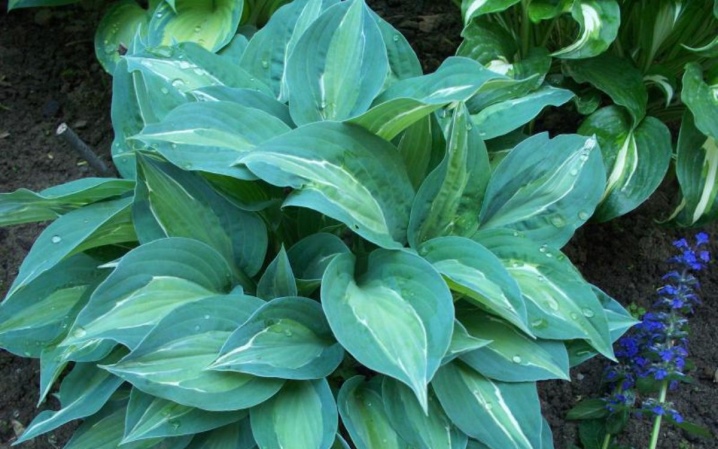
- "May";
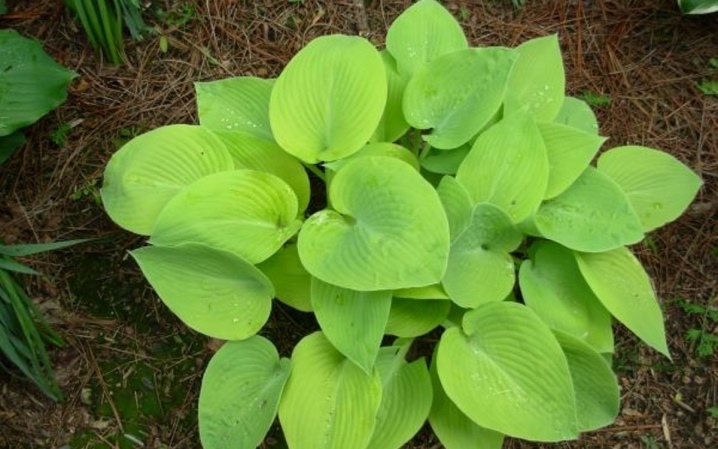
- Kiwi Gold Star;
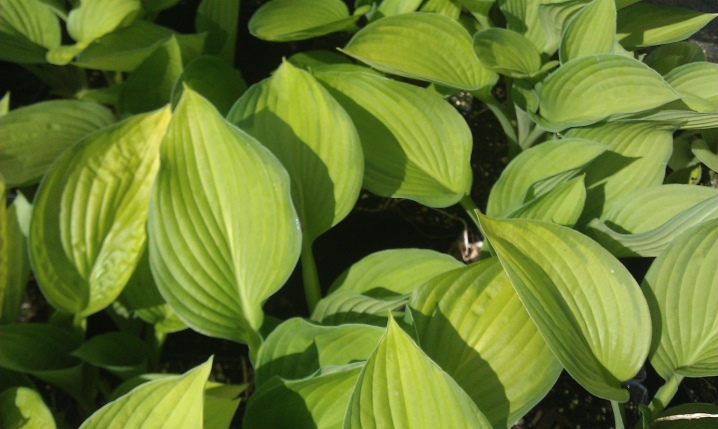
- "Ripley Effect"
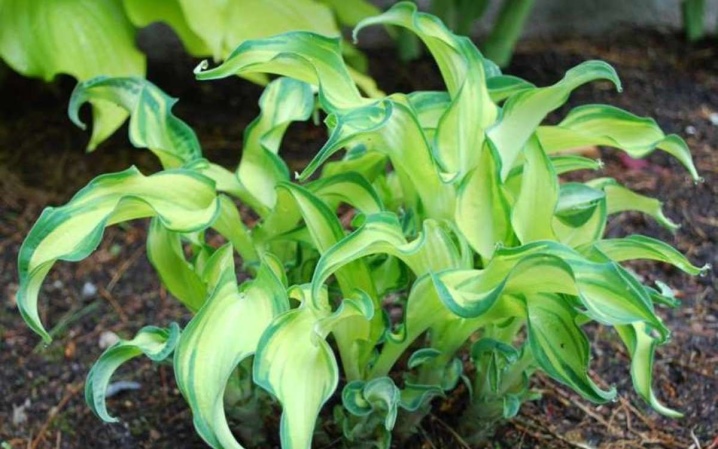
June Fever - one of the most spectacular and popular subspecies.
Its main characteristics are as follows:
- a very exquisite and picturesque perennial plant;
- stem height with flowering - up to 50 cm;
- bush diameter - up to 60 cm;
- the shade of the foliage is yellowish with a juicy green edging;
- leaves are glossy;
- flowering lavender tone;
- grows well in partial shade, but the sun is not contraindicated.

Planting and leaving
The soil for hosts can be any, but most of all they love humus-type loams. It will not grow in sandstone, you need to add a fertile component. Moisten the plant in moderation, water stagnation is contraindicated, otherwise the June rhizomes will rot. The more shade, the more optimal the development of the plant will be, but the yellow color of the leaves makes it possible to grow June Fever, for example, in sunny areas. For successful cultivation, you must regularly perform the following manipulations:
- weed the soil from weeds;
- loosen;
- moisturize the plant;
- feed;
- preparation for winter is simple - dried leaves are not removed.
After the plant has matured, it does not need feeding and loosening unnecessarily.
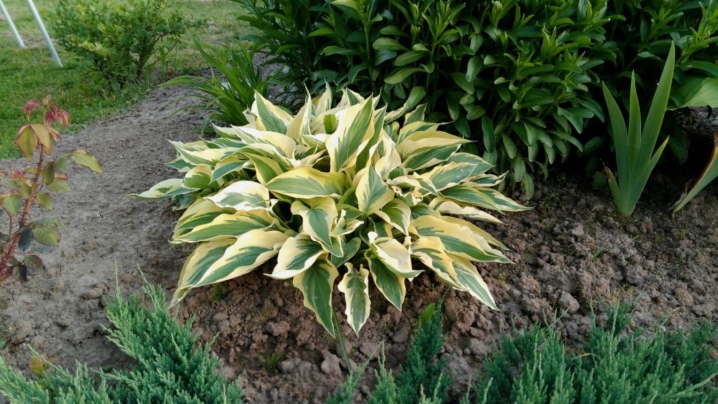
There are several breeding methods for June:
- seeds;
- cuttings;
- dividing the bush.
The latter method is only suitable for mature hosts, otherwise development may be damaged.
The division is optimal for transplanting, since the bushes grow very strongly, and the rhizomes are suitable for division at any time.
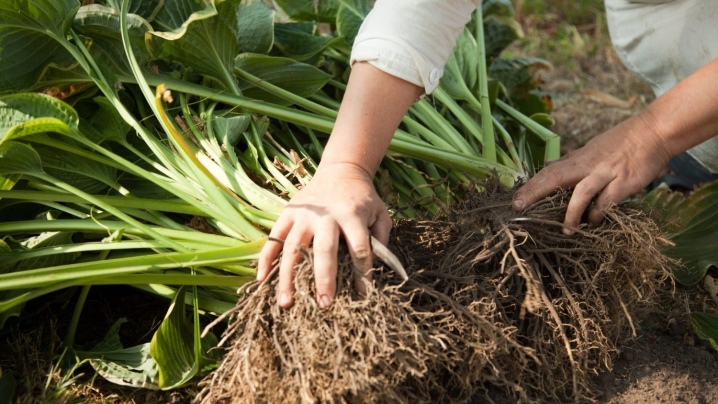
Diseases and pests
- variegation on the sheet;
- pallor.
This virus cannot be cured, the plant is destroyed.
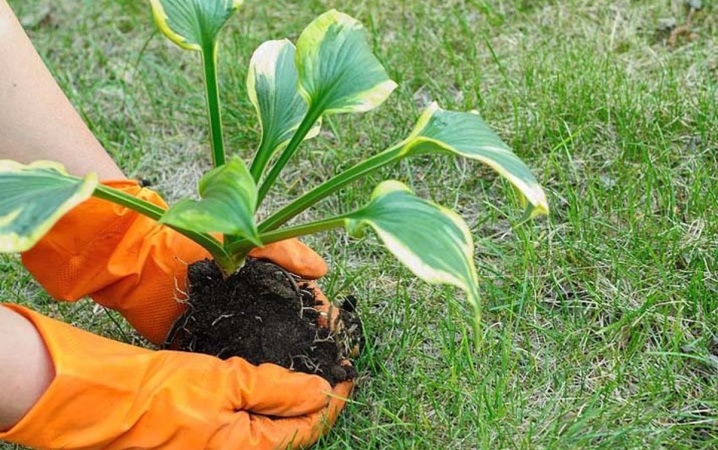
You can learn more about the June host and other varieties by watching the following video.







































































































The comment was sent successfully.